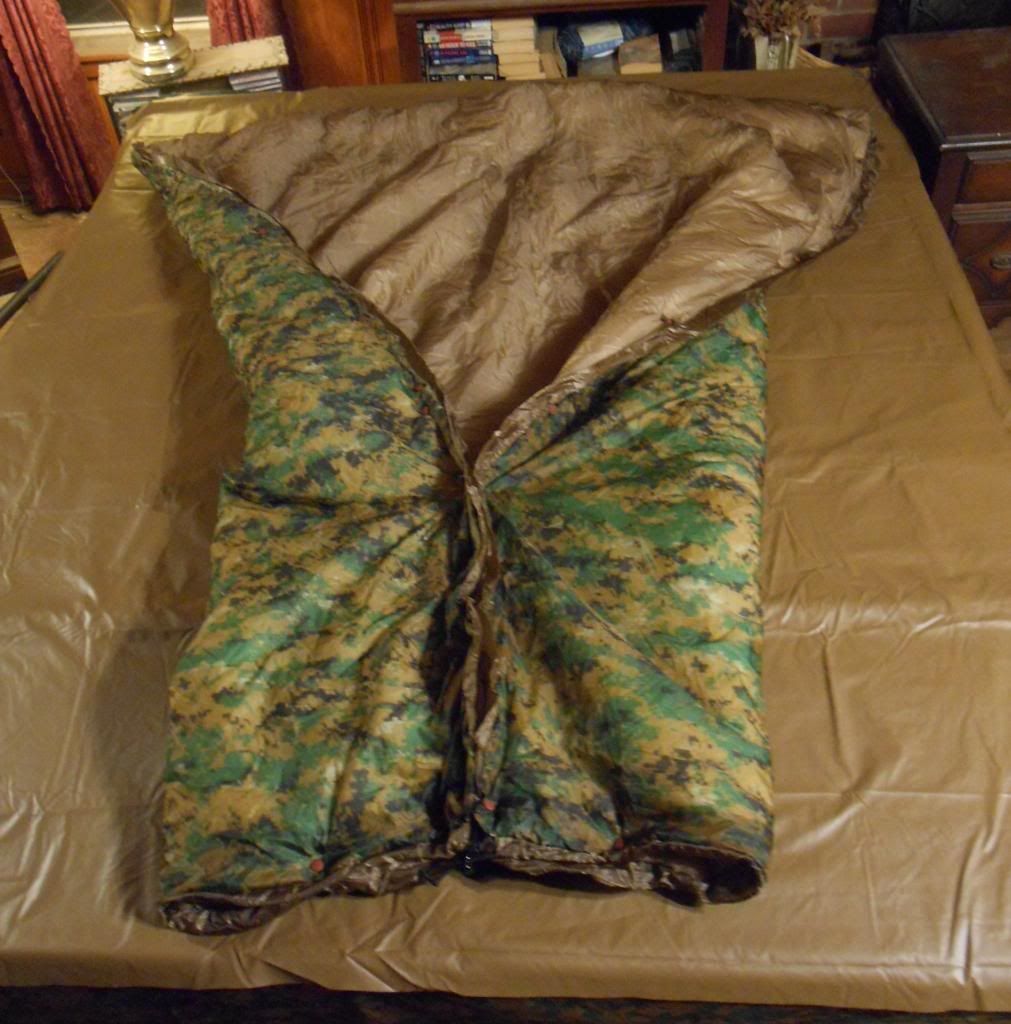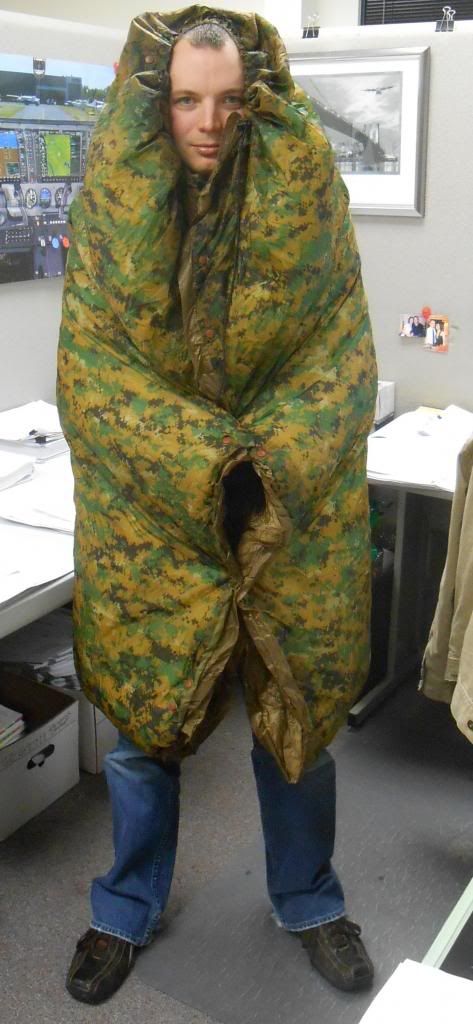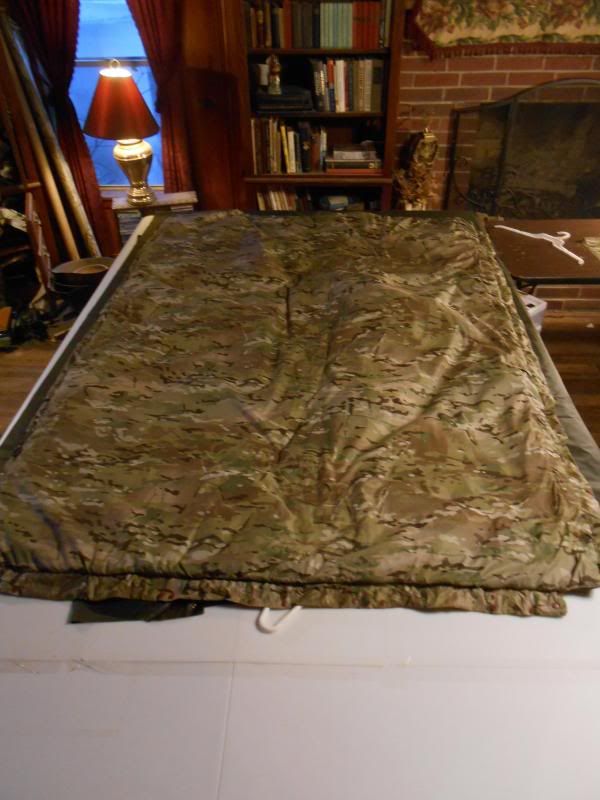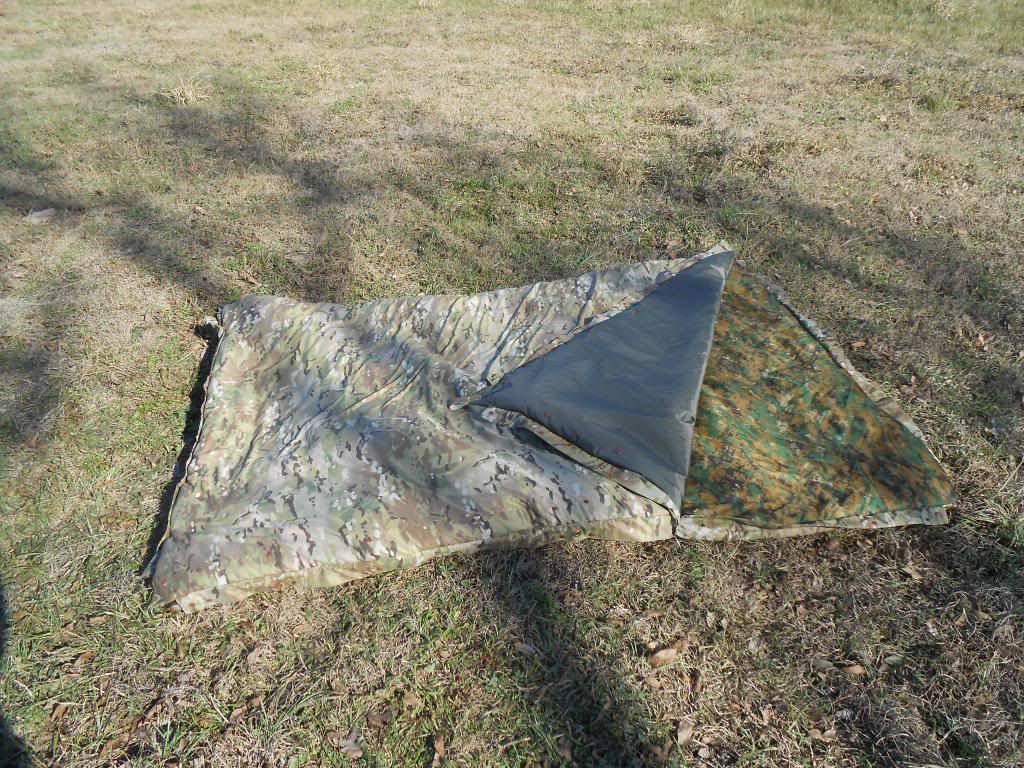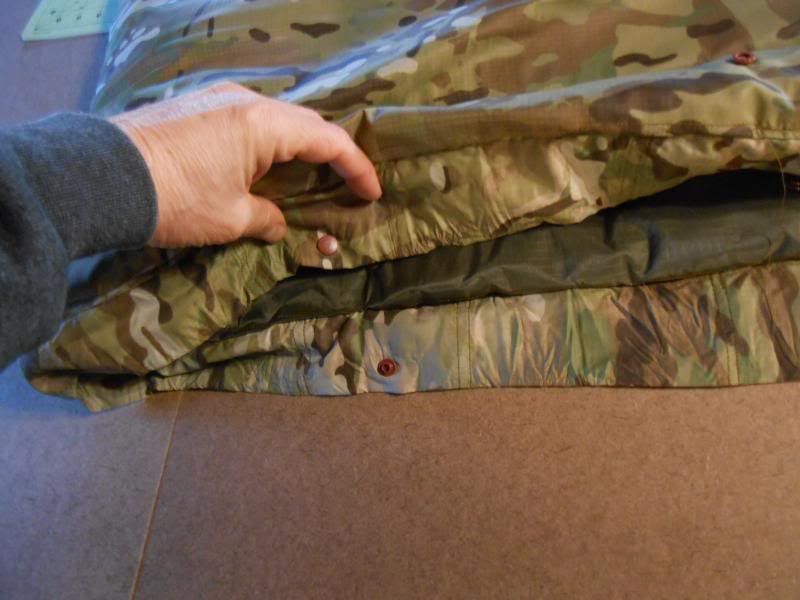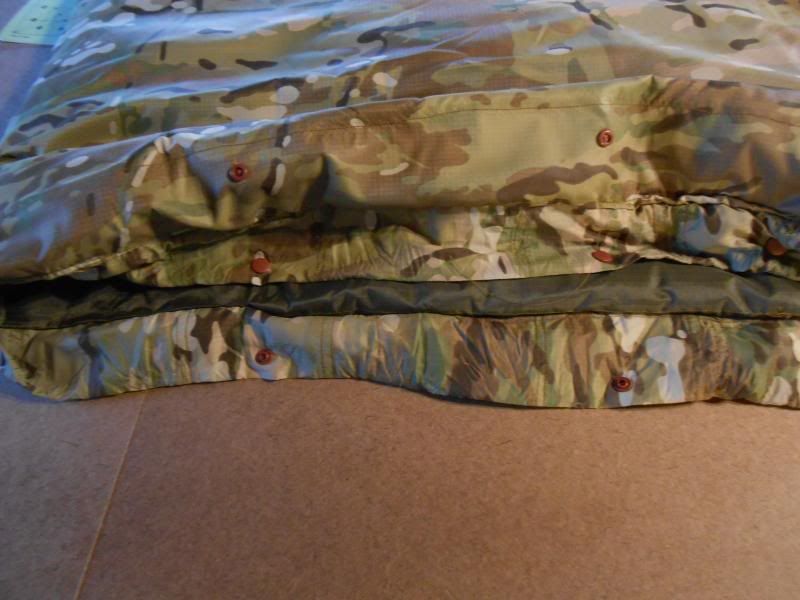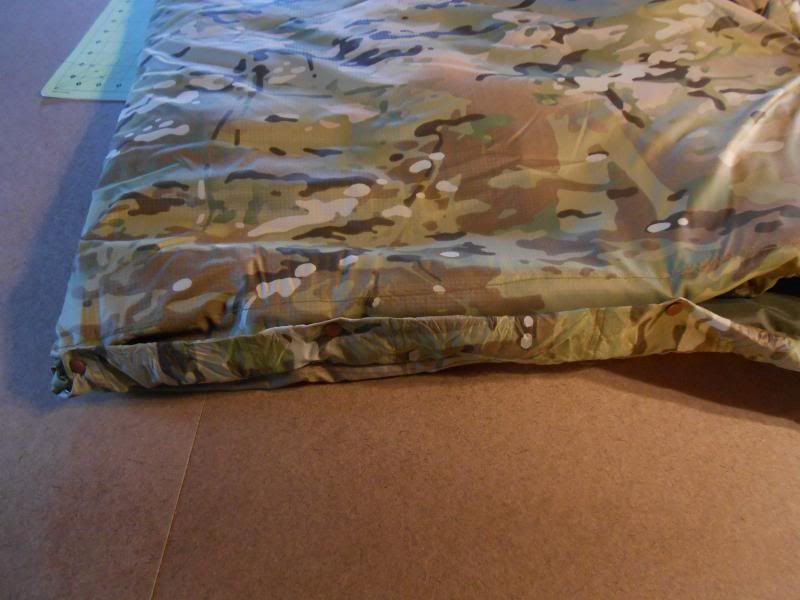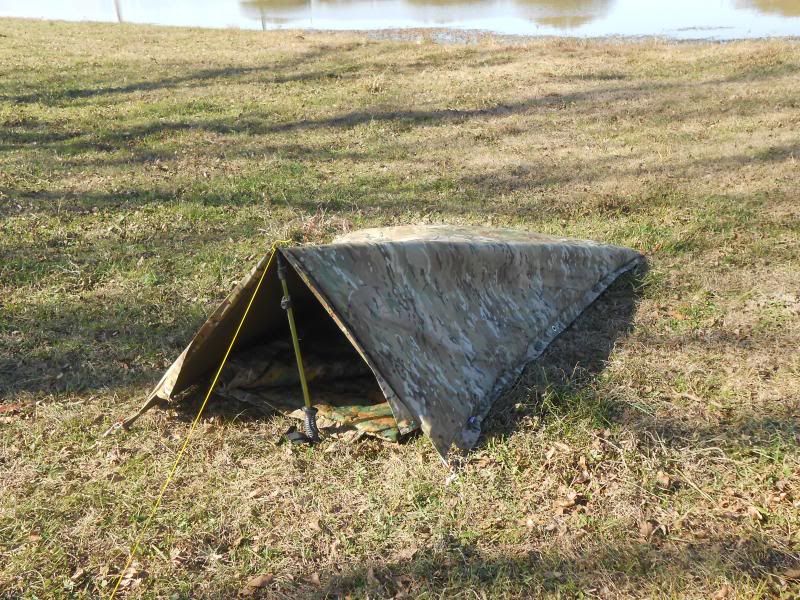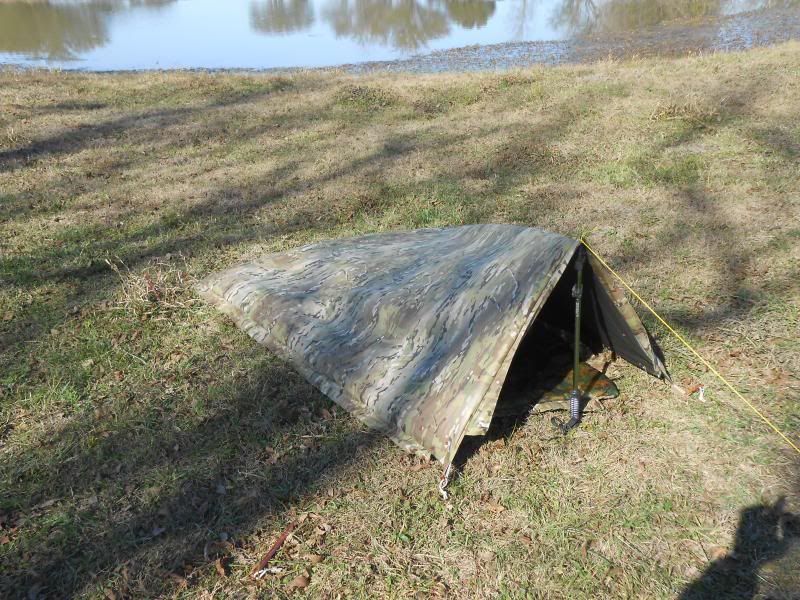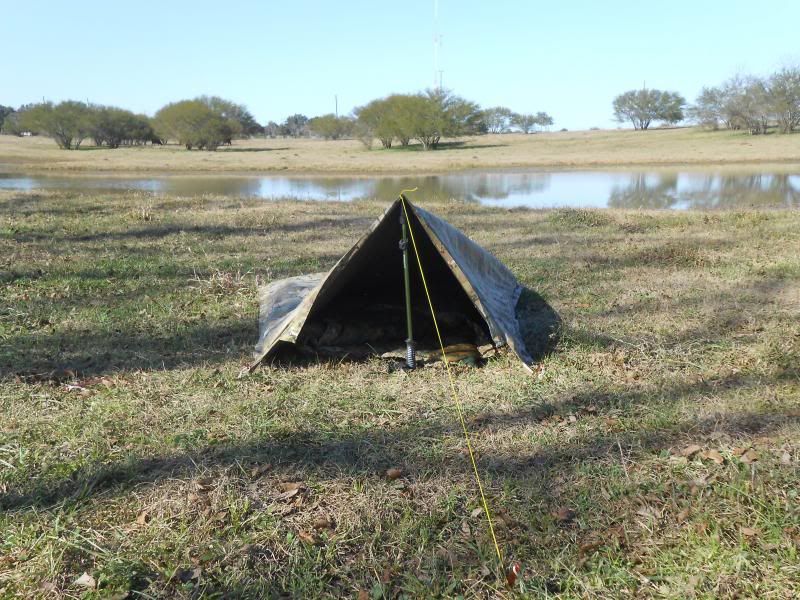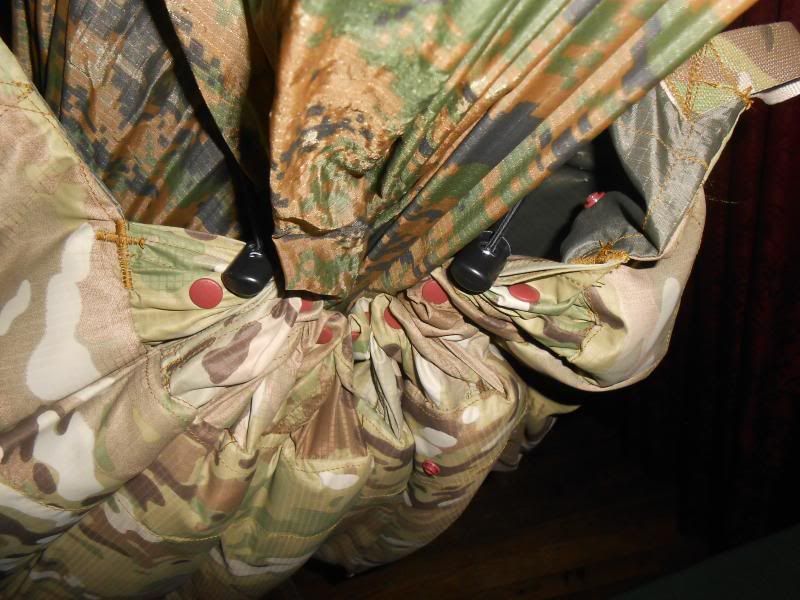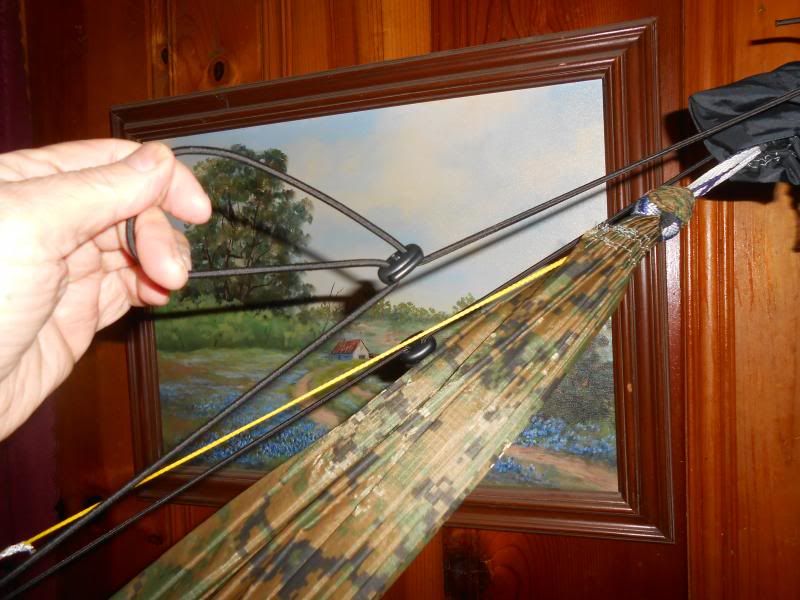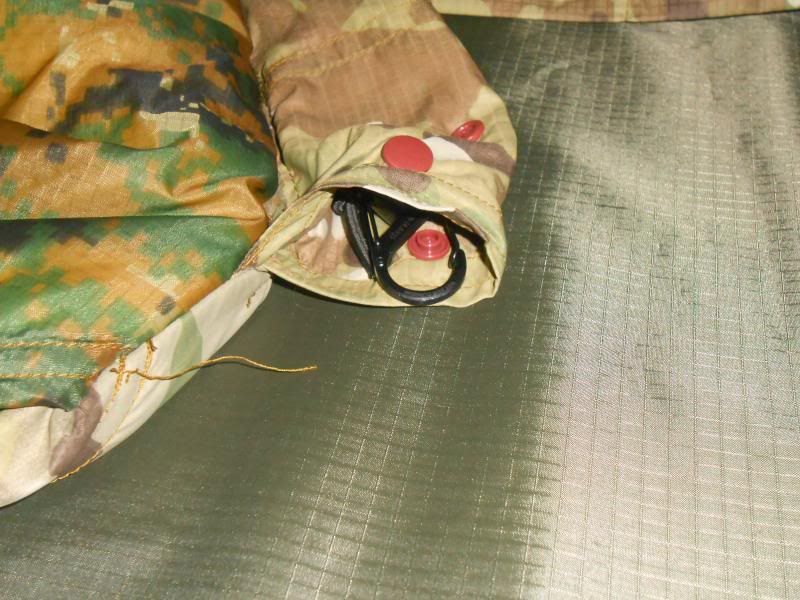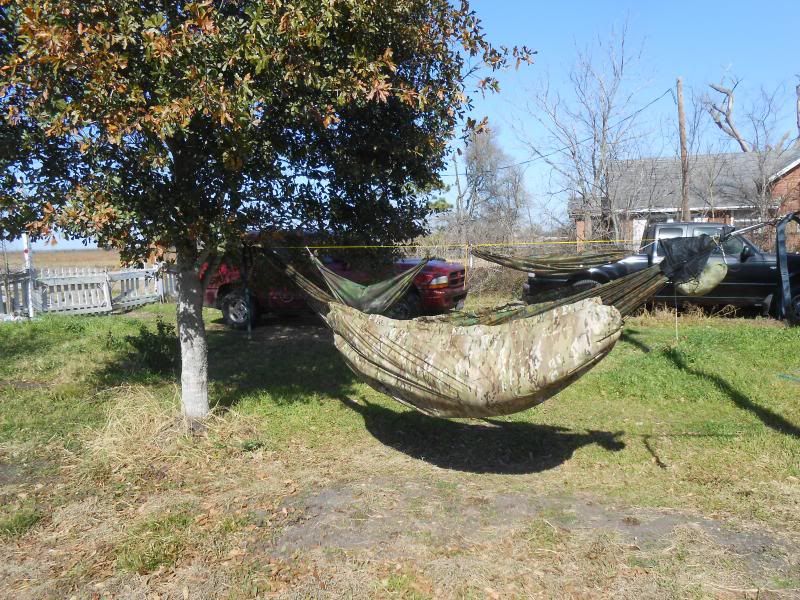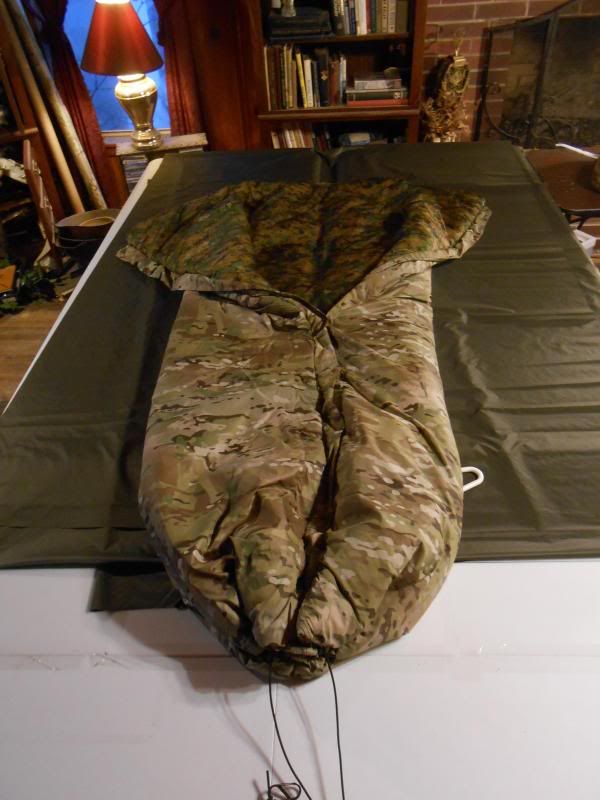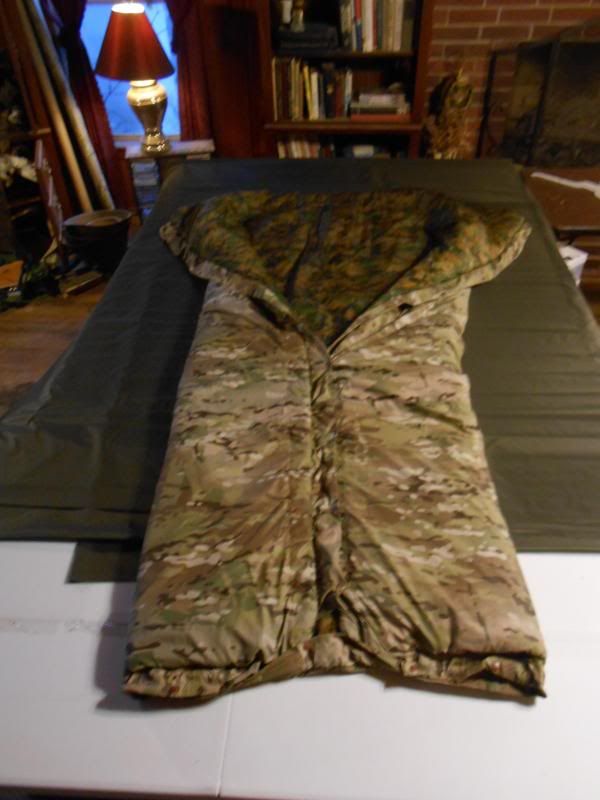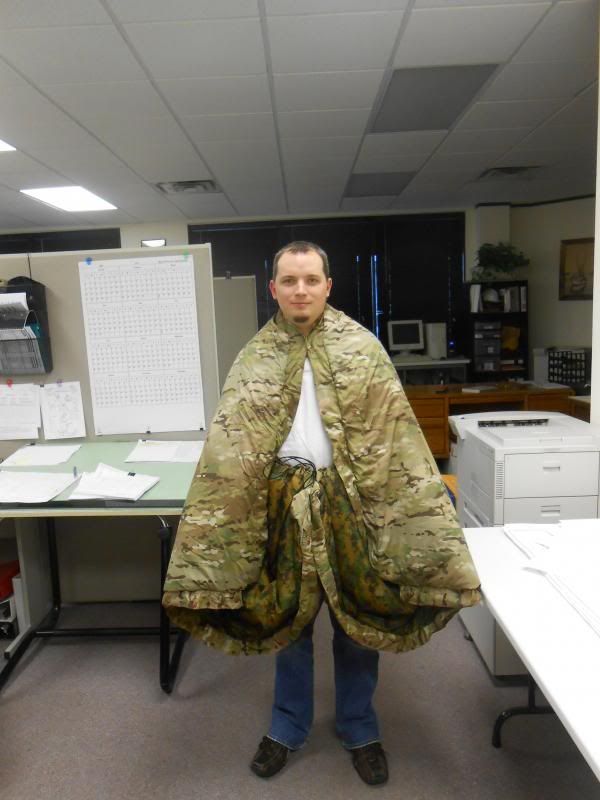Heat Exhaustion, Heatstroke, and the Butt Bake (or Texas summers in general)
Texas in the summer sucks. It’s hot. It may or may not be humid. It may rain. There will be mosquitos. And we plan to hike and hang in these conditions. In this article I am going to fill you in on heat related illnesses, and how to avoid them.
Heat related illnesses are strongly related to the heat index, a measurement of how hot you feel when you combine the air temperature and relative humidity. The formula used isn’t easy. There are a ton of variables. Below is the NOAA chart to help you figure out the Heat Index.
“Heat Exhaustion is a heat-related illness that can occur after you've been exposed to high temperatures, and it often is accompanied by dehydration.Signs and Symptoms of Heat Exhaustion
There are two types of heat exhaustion:
-Water depletion. Signs include excessive thirst, weakness, headache, and loss of consciousness.
-Salt depletion. Signs include nausea and vomiting, muscle cramps, and dizziness.
Although heat exhaustion isn't as serious as heat stroke, it isn't something to be taken lightly. Without proper intervention, heat exhaustion can progress to heat stroke, which can damage the brain and other vital organs, and even cause death.” Ansorge, R. (n.d.). Heat Exhaustion. Retrieved from http://www.webmd.com/fitness-exercise/heat-exhaustion.
• Body Temp from 99.6-104
• Altered mental status (anxiety, confusion)
• Extreme thirst
• Pale, ashen skin tone
• Dark colored urine
• Fast, weak heartbeat
• Nauseous
• Excessive sweating
• Dizziness or fainting
• Fatigue and cramping
• headache
Treatment of Heat Exhaustion
• HYDRATE ( alcohol and caffeine are NOT hydration)
• Move to coolest environment available
• Remove tight or restrictive clothing
• Actively cool using icepacks, fans, immersion
Heat Stroke
Contrary to popular belief, Heat Stroke isn’t always a progression following Heat Exhaustion. It can be and most times it is; but if conditions are extreme enough, you can skip Heat Exhaustion and proceed directly to Heat Stroke.
“Heat stroke results from prolonged exposure to high temperatures -- usually in combination with dehydration -- which leads to failure of the body's temperature control system. The medical definition of heat stroke is a core body temperature greater than 105 degrees Fahrenheit, with complications involving the central nervous system that occur after exposure to high temperatures.” Heat Stroke. (2014, December 3). Retrieved from http://www.webmd.com/a-to-z-guides/heat-stroke-symptoms-and-treatment,Signs and Symptoms of Heat Stroke
• Body Temp above 104
• You stop sweating, despite heat exposure
• Red, hot, dry skin
• Altered mental status (severe confusion to comatose)
• Fast heart rate, usually VERY strong but sometimes weak
• Siezures
Treatment of Heat Stroke
Remember, Heat stroke is a life threatening problem, do not delay
• Call 911
• Move patient to as cool an environment as possible
• Remove all clothing, place icepacks in patient’s groin, armpits, neck and back
• Fan and apply wet sheets or thin cloth (evaporative cooling)
• Hydrate if possible, to include electrolytes if possible
• Immerse in cool water if possible
How to avoid becoming a victim of Heat related illnesses.
Many of these will seem like common sense, but sometimes, common sense ain’t so common.
• Don’t drink alcohol or caffeine when engaged in strenuous activities
• Drink plenty of hydrating fluids ( water, Gatorade™, or the like)
• Wear light colored, light weight, loose clothing (more on this later)
• Wear a wide brimmed hat
• Wear sunscreen (SPF 30 or more)
• Know how your medications affect your body. Diuretics, antihistamines, stimulants and βeta blockers are just a few that can have an adverse effect
• Plan strenuous activities to AVOID the hottest part of the day
• Monitor your urine color. Light colored urine is a sign of adequate hydration.
• TALK TO YOUR DOCTOR BEFORE ENGAGING IN ANY STRENUOUS ACTIVITY, INFORMING THEM OF ALL THE DETAILS
Clothing for summer hiking
Cotton is cheap, in more ways than just money. When you sweat in cotton your are left in a wet cotton shirt that does a poor job of cooling you via evaporation (when compared to the other choices I list below). If you are wearing that sweaty cotton and the temperature drops, you will now be wet AND cold. Below from best to worst are my recommended materials.
1. Merino wool. Look for 150g(silk weight, ultralight, micro weight) or lighter weight and now you have a summer outer layer and you can use it for winter layering also.
Pros: Antibacterial (stink free). Very fast wicking and drying. Very soft. Exceptional temperature regulation
Cons: price (be prepared to pay $50 or more for a t-shirt), but deals can be found (I like Sierratradingpost.com)
There are many brands but here are a few you can look for
a. Icebreaker. Good mix of quality and value (my personal fave )
b. Smartwool. Good quality, a little more expensive
c. Patagonia. Another decent mix of quality and value, but often they are Merino blends
2. “sport” synthetics. Whether you like UnderArmour HeatGear, Adidas ClimaLite/ClimaCool or Nike Dri-Fit, they are all synthetic materials that work by wicking sweat away from the body to evaporate on the surface of the fabric.
Pros: inexpensive(20-$30 for a t-shirt type garment). Easy to find (any Academy or sporting good store). Wide variety of colors, styles, designs.
Cons: 30 minutes in, you will smell. When they are wet and the temp drops, you will be cold. Can be (but not always) rough on the skin when compared to merino and even cotton. Nowhere close to flame retardant, they will melt to your skin.
3. Cotton and cotton blends. Some blends aren’t terrible. For years I wore 65/35 poly/cotton blends in the military and they don’t suck, they just could be better. In the heat, sweaty cotton DOES allow for some evaporative cooling, but the moisture transfer from your skin to the surface of the fabric is poor in comparison to merino and sport synthetics. Add in humidity and it just feels even worse and performs worse.
With that being said here is what I will wear for the Butt Bake Hike.
• ExOfficio synthetic or Icebreaker merino boxer briefs. (very light weight, keep my bits and pieces dry, and decreases the funk. Easy hand wash and line dry.
• Merino or synthetic t-short or tank top
• Lightweight poly/cotton rip-stop shorts or pants
• DarnTough merino socks
• A keffiyeh/shemagh (so many uses, too many to list)
What you need to bring to the Butt Bake
• Comfortable clothing
• Water AND the ability to filter water if needed (Sawyer mini or Squeeze are nice cheap options)
• A 3x5 card filled out as follows and LAMINATED, Keep handy in an outside pocket or on a lanyard
Name• Bug spray
Address
Emergency contact w/ phone #
List of medications person is on
Allergies and medical conditions
Blood type (if known)
• Sunscreen
• A First Aid kit if you have one.
• All the rest of your hammocking gear and food.
If you are doing the Butt Bake hike plan to:
• Get up early. If we can be on the trail by 7 am, we can easily be off the trail before noon, even including breaks.
• Prehydrate. Everyone is going to drink at least one liter of water before we leave.
• Carry a minimum of 2 liters of water and a filter device. We might have water available on the trail, we might not, and we will plan accordingly. Even my dog will be carrying at least 2 liters of water.
• Have the above 3x5 card ready to go.
Remember, this hike is going to be a slack pack. Only carry what you HAVE to have with you. My gear will consist of water, first aid, filter, and a poncho. Everything else will be in my truck or in a box someone else will bring over.




